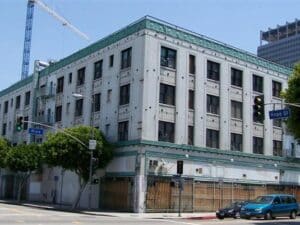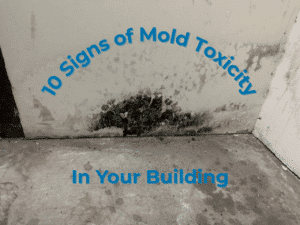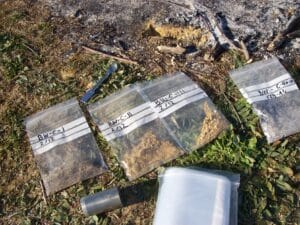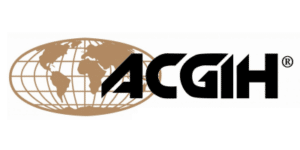PCBs: What Everybody Needs to Know
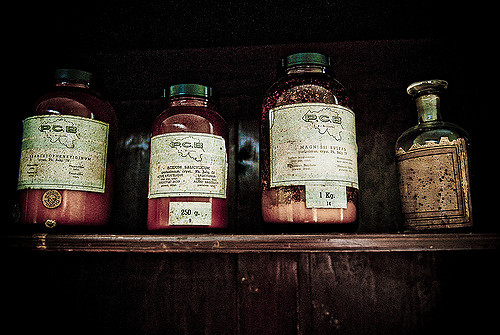
Just when you thought you could start renovations on a recently purchased building, a potential liability stops you dead in your tracks: PCBs. You can’t move forward with renovations until removal and cleanup is complete. Maybe you knew they were there already, or maybe you didn’t. Either way, you don’t even know what PCBs are! Why bother sampling for PCBs and spending valuable time getting rid of them?
If You Don’t Sample Now, You May Regret It Later
Just look at Malibu Middle School in Los Angeles County. The district is currently facing lawsuits and public backlash regarding extremely high levels of PCBs in its buildings. They are now facing both renovation and litigation costs. If it fails to implement the approved plan, then the district could be fined several payments of $25,000 — the amount the EPA charges for failure to remove building materials containing PCBs. Had the district taken the first step of sampling for PCBs, it could have minimized exposure and avoided costly lawsuits and penalties.
The EPA recommends that an experienced contractor perform the removal, cleanup and disposal of PCB-containing materials. Prior to this, sampling is required to confirm the presence and amounts of PCBs. This is your first step to developing a feasible cleanup and removal strategy. Omega professional staff is composed of certified industrial hygienists and industrial hygienists that have 40-hours HAZWOPER training that enables us to oversee sampling for PCBs, no matter what the environment or material. Omega employs the following EPA- and OSHA-recommended sampling methods:
-
PCB Air Sample
-
PCB Bulk Sample (Caulking)
-
PCB Bulk Sample (Concrete/Paint Chips)
-
PCB Oil Sample
-
PCB Soil Sample
-
PCB Water Sample (Groundwater & Wastewater)
-
PCB Wipe Sample
Protect your employees, workers and/or tenants from hazardous health effects. Help protect the environment for generations to come. Take the first step of sampling and give yourself peace of mind. Once you read this next part, we won’t have to tell you twice.
What are PCBs? A short and toxic history
Polychlorinated Biphenyls (PCBs) are a group of chemicals containing 209 individual compounds with varying harmful effects. For years, PCBs were primarily used to insulate and cool electrical equipment, though they found their place in other common building products such as paint and masonry materials. PCBs were used in the manufacture of the following materials:
- Electrical transformers and capacitors
- Cable insulation
- Oil used in motors and hydraulic systems
- Fireproofing materials and insulation
- Plastics
- Caulking
- Paint
- Carbonless copy paper
- Floor finish
- Adhesives and tapes
- Fluorescent Light ballasts
The initial discovery of PCBs dates back to the mid-1800s, but it wasn’t until 1929 that PCBs began to be widely produced and used commercially under the name Arochlor. Monsanto sold its PCB products until the EPA officially banned all manufacturing of PCBs in the United States in 1979. However, due to the use of PCBs over the course of decades, the environmental and potential impact on human health has grown exponentially. If your building was constructed or renovated between 1930 and 1979, then it most likely was built using materials manufactured with PCBs.
What makes PCBs hazardous?
Okay, so PCBs are banned. But why? What exactly is so bad about them? Well, although PCBs helped prevent electrical fires during the 20th century, saving thousands of lives, they have also been proven to contain high amounts of carcinogens, the chemicals that cause cancer in humans. Talk about a catch-22.
Harmful Effects on Human Health
PCBs can be exposed to us through several pathways, but inhalation is the most common when working with hazardous materials. However, it’s also possible to be exposed through ingestion and contact with the skin. Here are some of the harmful effects PCBs could be having on your tenants, employees or laborers:
- Neurobehavioral effects
- Cancers of various organs, including the liver and skin
- Cardiovascular disease, diabetes and hypertension
- Hypothyroidism
- Asthma
- Infertility and reproductive system disorders
- Chloracne (severe acne caused by chemical exposure)
- Arthritis
- Vision/eye problems
- Recurrent infections
Harmful Effects on the Environment
PCBs bioaccumulate along the food chain, according to research from Monsanto and the EPA. The chemicals, which take many years to biodegrade, pass easily through the lipid portions of cell membranes and are readily absorbed into mammalian fat tissue. Animals at the top of the food chain, like whales, polar bears, dolphins and humans, can store PCBs at highly concentrated levels. Once PCBs are released into the environment during renovation or construction, the chance for exposure to humans and our food sources is increased exponentially. Additionally, proper cleanup and removal is crucial because PCBs that aren’t properly contained will disperse into water sources and soil where they will remain for decades.
If you think PCBs may have spread to your building’s groundwater and/or soil, then a subsurface site investigation may be necessary. Click here for more information.
Main Points to Remember
- Reach out to Omega as soon as possible so we can collect samples. This is the first step to cleanup and removal.
- The EPA recommends that an experienced contractor perform the removal, cleanup and disposal of PCB-containing materials. Omega works directly with certified contractors to meet your removal and cleanup needs. Omega will also work alongside owners with the contractors of their choice.
- If your building was constructed or renovated between 1930 and 1979, then it most likely was built using materials manufactured with PCBs.
- PCBs are exposed to humans through inhalation, ingestion and contact with the skin.
- Proper cleanup and removal is crucial because PCBs that aren’t properly contained will disperse into water sources and soil where they will remain for decades. Do your part to protect our environment for future generations.
Additional resources:
EPA — Polychlorinated biphenyls web page
EPA — PCBs in Building Materials
EPA — PCBs Questions & Answers
EPA — Polychlorinated biphenyls Penalty Policy
EPA — Practical Actions for Reducing Exposure to PCBs in Schools and Other Buildings
Contact us for more about our PCB inspection and testing service




